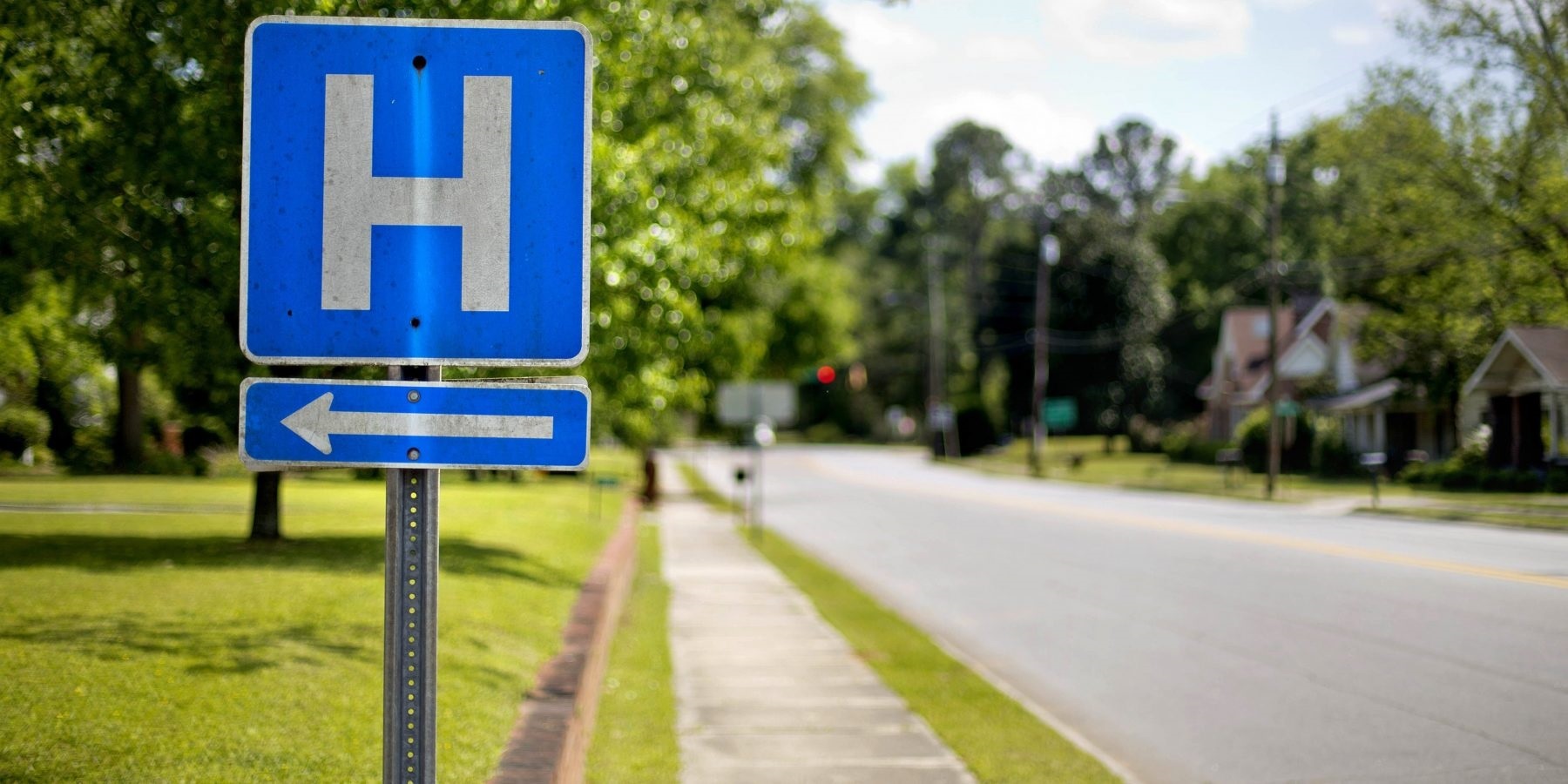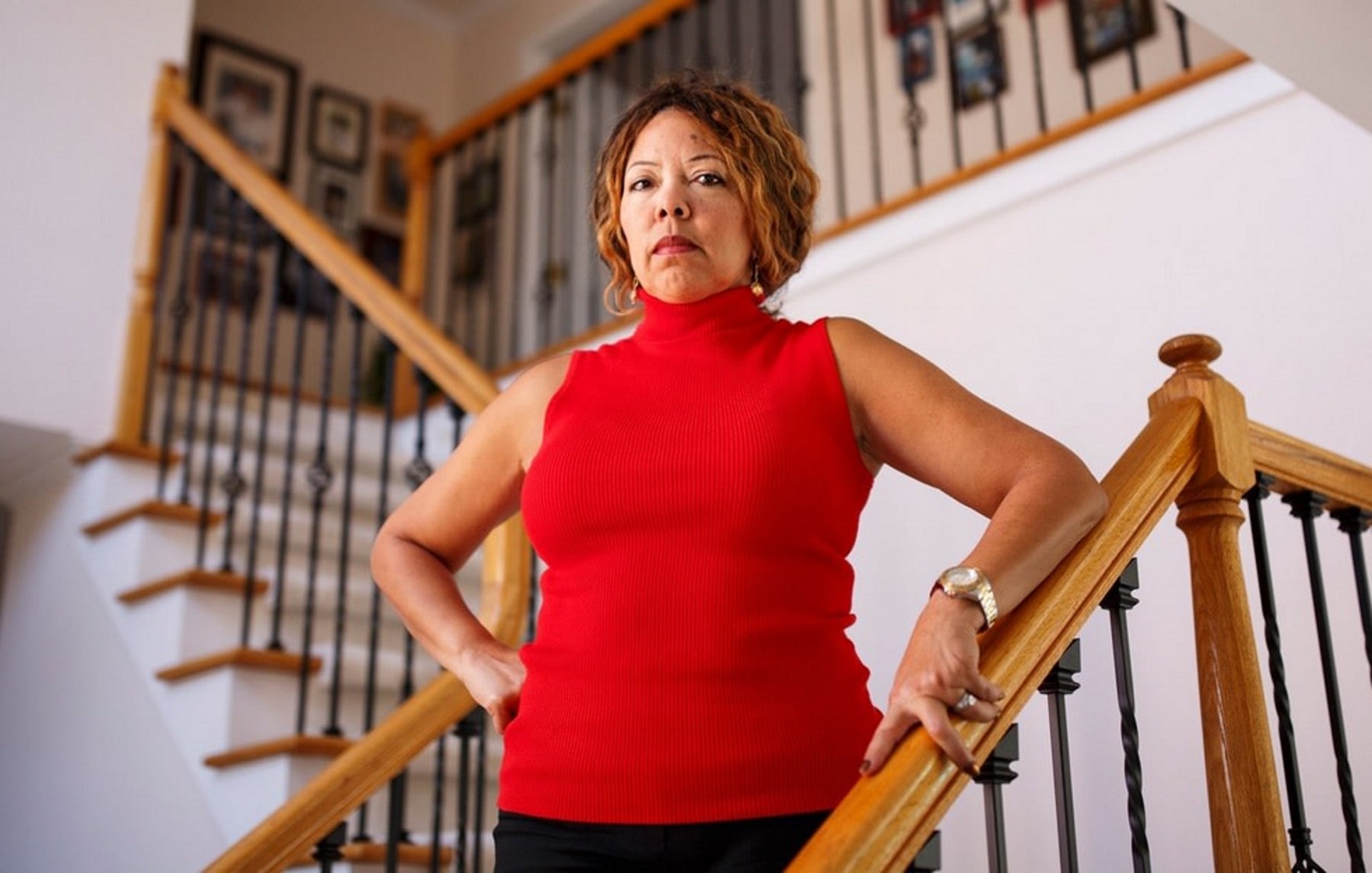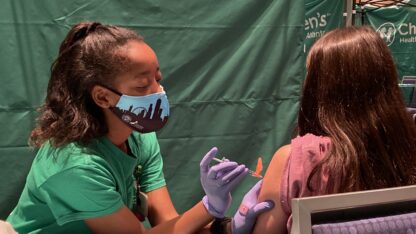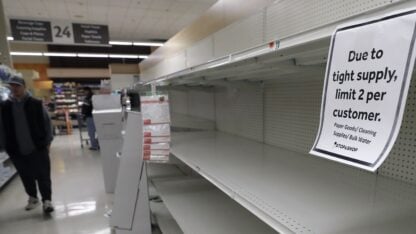Some Georgia hospitals say they are overwhelmed with COVID-19 patients amid rising infections across the state, while health officials pleaded with people to wear masks and get vaccinated.
Clinical leaders from four coastal Georgia hospitals said at a news conference Monday that their institutions are rapidly running out of beds for new patients. The region has been on the front line of an infection wave that has spread north out of Florida over the past month.
Donna Cochrane, the chief nursing officer at Liberty Regional Medical Center in Hinesville, said her 25-bed hospital had 33 patients as of Monday morning, many with COVID-19 and eight of whom were being treated in the emergency room.
“We’re tired; we’re at wit’s end,” Cochrane said, noting that 18 staff members, all vaccinated, have tested positive for COVID-19. “The staff is overwhelmed taking care of your community, taking care of your family, possibly watching them die. This is something we’ve never seen before.”
Georgia’s rolling seven-day average for new positive tests rose to nearly 5,700 on Monday, the worst level since Feb. 1, when vaccines weren’t yet available to most people. The number of COVID-19 patients in hospitals statewide rose to nearly 3,500 on Monday, eight times the lowest level earlier this summer.
Dr. Alan Brown, the chief medical officer of Brunswick-based Southeast Georgia Health System, said the system’s two hospitals are “completely overwhelmed,” treating more COVID-19 patients than they ever have before. Brown said intensive care units are at about twice their capacity and the hospital has canceled elective surgeries.
“It’s lunacy that we are having to drag people out of their own harm’s way and make them realize that the vaccine is going to save their life,” Brown said.
Deaths are also rising. Georgia is now averaging nearly 20 deaths a day from COVID-19. The state has recorded nearly 22,000 deaths overall since the start of the pandemic.
The rising infection rate is overturning the plans of schools that had been hoping for a more normal year. Districts that started school in the past two weeks have reported hundreds of cases.
The 43,000-student Henry County system, which opened the school year last week with a mask-optional policy, said Monday that it would now require masks indoors and limit attendance at indoor events.
The 19,000-student Newton County system made the same decision on Friday, after a week of school. “In only five days of school, we’ve had over 80 confirmed positive cases of student infection and over 200 students have been sent home to quarantine,” Superintendent Samantha Fuhrey said in a statement. “We tried the mask-optional status but now must revert to requiring mask usage due to the considerable spike in cases.”
Statewide, at least 33 school systems were requiring masks for all or most students and teachers as of Monday. That’s only a small fraction of the state’s 180 districts, but because the districts requiring masks are larger than average, mask mandates now cover more than 42% of Georgia’s K-12 public school students.
A week ago, the state Department of Public Health decreed that school districts could set their own quarantine policies, leading some districts to declare that anyone without COVID-19 symptoms could remain in schools.
Some have charted a more cautious course. Glascock County on Friday became the second school district, after tiny Taliaferro County, to call off in-person school temporarily because of high COVID-19 rates. The 566-student district said nine students and four staff members tested positive for the virus in the first week of school, with 99 students and 11 staff members ordered to quarantine.
Glascock said it would teach virtually for two weeks beginning Monday. The district said it would enhance mitigation and return to a part-time at-home model for the rest of the fall semester.









